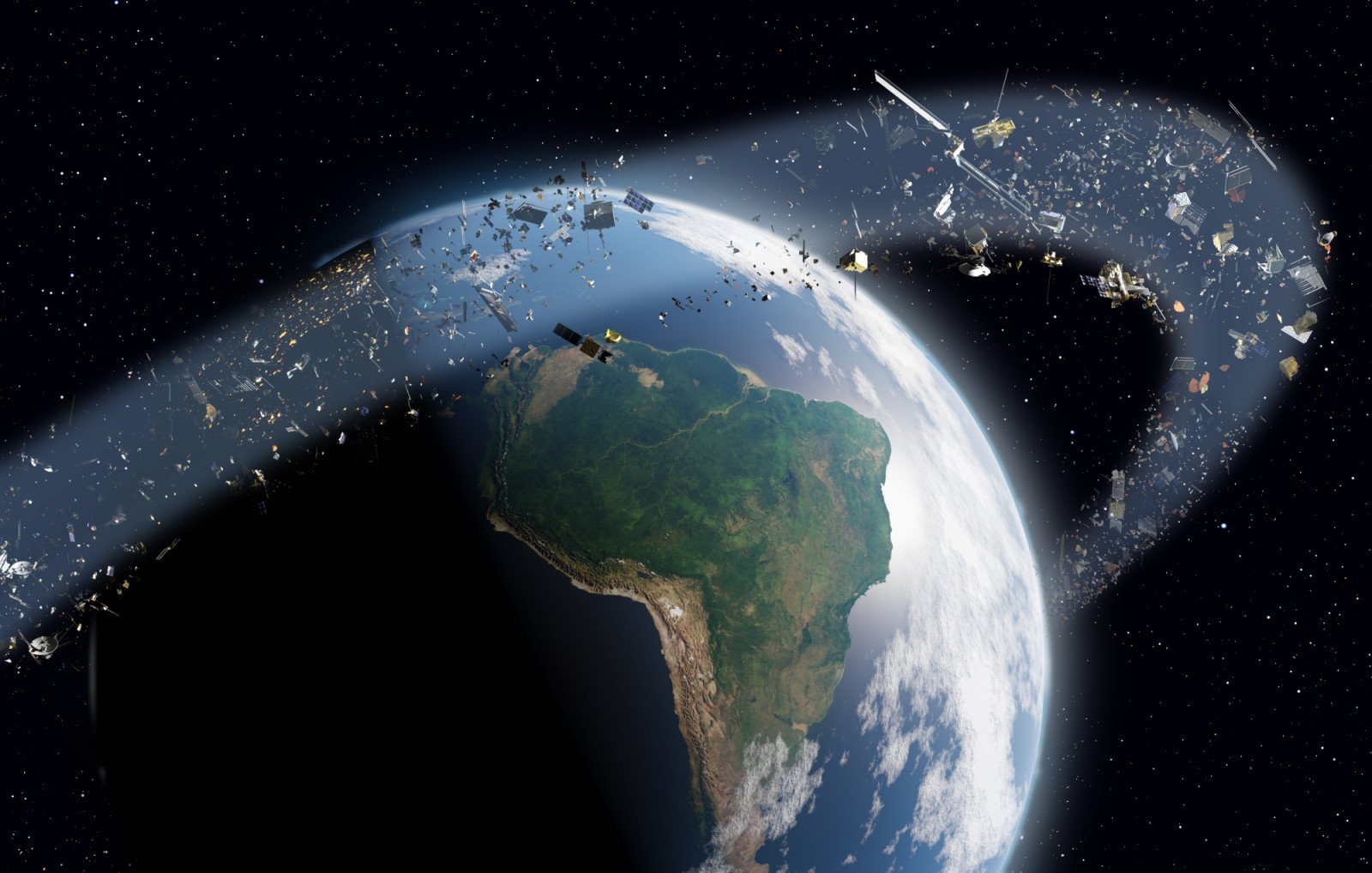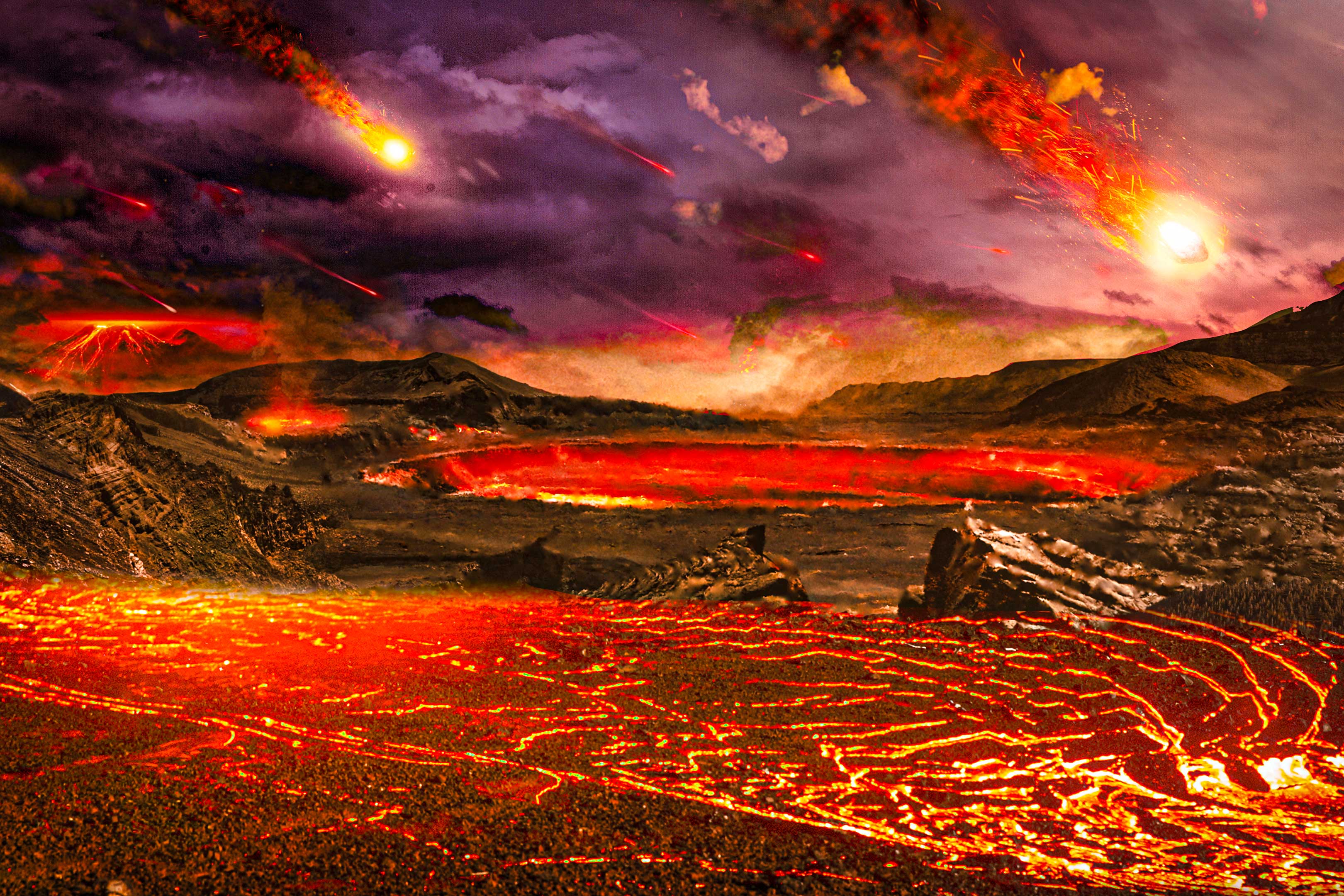AI Generated Discoveries: Unmasking Jupiter's Spectacular Aurora Secrets!

What if I told you that the breathtaking magical lights we see dancing in our sky aren't the only stunning auroras out there? Scientists from the University of Minnesota have just unveiled an astonishing new type of plasma wave in Jupiter's polar regions—something we've never encountered before!
Imagine the radiant auroras of Earth, known as the aurora borealis in the north and aurora australis in the south, displaying their vibrant green and blue hues. Now, shift your gaze to Jupiter, where a world of extremes reigns supreme. With its immense size, rapid rotation, and a complex relationship with its many moons, Jupiter's magnetic field is like a cosmic playground for scientists, revealing phenomena well beyond our earthly comprehension.
This groundbreaking discovery was made possible thanks to NASA's Juno spacecraft, which is rewriting the playbook on what we know about auroras. As the first probe to orbit Jupiter's polar regions, Juno provided insights that challenge everything we thought we understood about these mesmerizing light displays, which have primarily been studied from Earth.
But what exactly is plasma? Essentially, it's a state of matter where gas becomes so hot that atoms split into ions and electrons, creating a flow much like an invisible ocean swirling around Jupiter. As these particles descend into the planet's atmosphere, they ignite gases high above, conjuring the auroras unique to this gas giant.
Leading the charge in this exciting research is Professor Robert Lysak, a world-renowned plasma wave expert, along with astronomers Ali Sulaiman and Sadie Elliott. Together, they unraveled the complex behaviors of Jupiter's plasma, revealing that its unusually strong magnetic field and low plasma density in its polar regions were responsible for this unprecedented phenomenon.
Enter Alfvén waves, named after physicist Hannes Alfvén, who theorized back in 1942 that plasma could flow like a fluid while still responding to magnetic fields. The team’s findings revealed that, due to the extremely low density of plasma around Jupiter’s poles, the frequency of the waves generated was surprisingly low—especially when compared to similar waves observed here on Earth.
The variances between Earth and Jupiter's auroras are nothing short of astonishing. While Earth’s auroral activity typically creates a donut-like pattern around its polar caps, leaving those regions dark, Jupiter's complex magnetic system allows charged particles to surge directly into its polar caps, illuminating them in ways that Earth could only dream of.
And the colors? Unlike our green and blue auroras orchestrated by oxygen and nitrogen, Jupiter's upper atmosphere works differently—its auroras are largely invisible to the naked eye and can only be captured through advanced UV and infrared instruments.
This revelation opens the door to a new realm of plasma physics that traditional Earth-based studies couldn't uncover. The implications? This research not only deepens our understanding of plasma behavior under extreme conditions but could also have profound applications in areas like fusion energy and predicting space weather.
As Juno continues its mission around Jupiter, the scientific community is buzzing with anticipation for future exploratory missions like JUICE and the Europa Clipper, set to arrive in the late 2020s. Each new observation takes us a step closer to solving the complex puzzle of planetary magnetospheres and their roles in shaping the cosmic environment of giant planets.



















